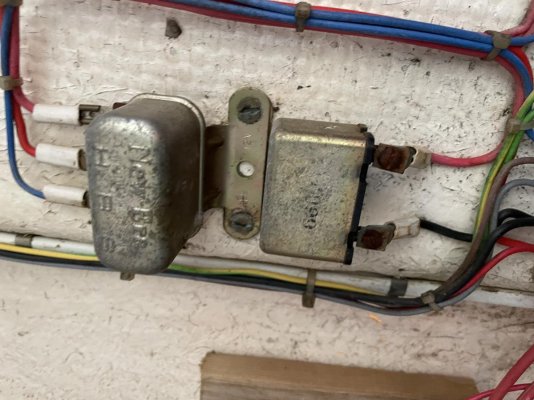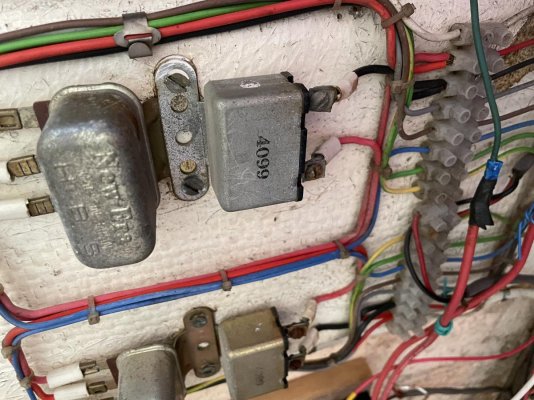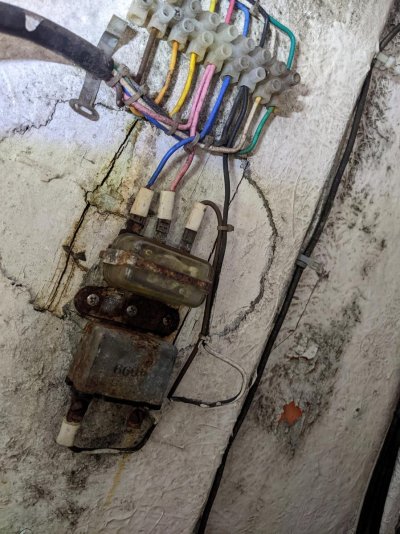R. Bush
Veteran Member
I have stopped getting the low oil pressure alarm buzzer when I turn on the ignition. According to my wiring diagram it has to be either a bad connection, a bad relay or a faulty buzzer. How hard can that be to diagnose l asked myself? Except I have looked and looked and can't seem to find either the buzzer or the relay. Can anyone tell me where these parts are usually physically located on an 80s era trawler or even what they look like?
Gotta say that I am feeling pretty stupid having to ask this question!
Gotta say that I am feeling pretty stupid having to ask this question!



